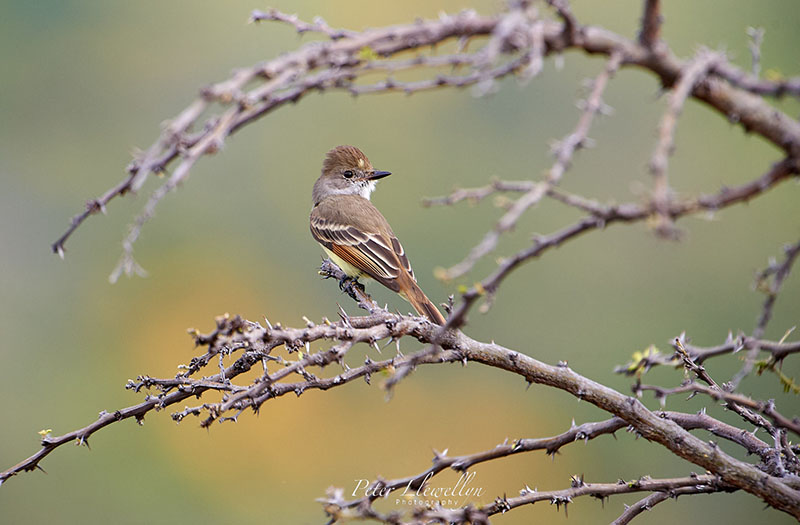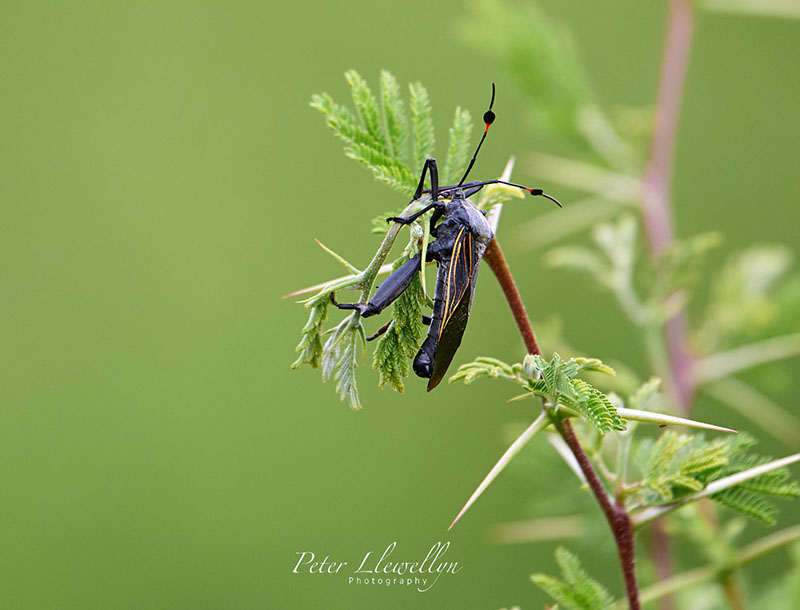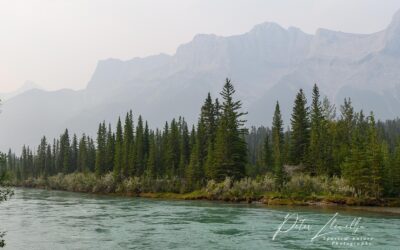People regularly ask me what is my favourite lens, and what lens do I use for this or that subject? The answer may not be a simple one. While the ‘best’ lens for a close-up or macro photo would undoubtedly be my Nikon AF-S VR Micro-Nikkor 105mm f2.8. Yet, it’s entirely the wrong lens if it’s sitting at home in the equipment cupboard when I suddenly come across a macro-type subject.
This is precisely what happened a couple of days ago when I went for a hike up in the Sierra de San Juan Cosala above my home in Jalisco Mexico. At this time of year the region is beginning to see the return of the migratory bird species. So there I am, out with my 500mm AF-S ED VR f4, a tripod, and a couple of converters in my pocket and not much else .
Setting up to photograph an Ash-throated Flycatcher I was standing in some small acacia trees when I noticed a large bug at the top of the bush that I had never seen before. So suddenly the ‘best’ lens to get a shot turned out to be the only lens I had with me.

Ash-throated Flycatcher (Myiarchus cinerascens) perched in a tree, San Juan Cosala, Jalisco, Mexico
Nikon D4s, 500mm AF-S ED VR f4 +TC-14 converter, (effective 700mm), 1/1000th at f8 ISO 800
Solving the problem
The minimum focussing distance of this lens is 4m not ideal for the subject but, what many don’t realize is, that by adding a converter you will increase the size of the subject (by the magnification factor of the converter) but the minimum focussing distance does not alter. You do however suffer a bit of light loss, 1 full stop with the TC-14 and 1 and a third with the TC-17. In this case I added the TC-17, increasing the focal length of the 500mm to 850mm. This gave me a plenty of a large enough view of the bugs which were around 1.5in in length.

Giant Mesquite Bug (Thasus gigas) on an acacia bush, San Juan Cosala, Jalisco, Mexico
Nikon D4s, 500mm AF-S ED VR f4 +TC-17 converter, (effective 850mm), 1/500th at f8 ISO 800
Isubsequently found a pair of the bugs, which I identified later as Giant Mesquite Bugs mating at the top of another acacia bush.

Two Giant Mesquite Bugs (Thasus gigas) mating on an acacia bush, San Juan Cosala, Jalisco, Mexico
Nikon D4s, 500mm AF-S ED VR f4 +TC-17 converter, (effective 850mm), 1/500th at f8 ISO 800
I would have also been well served to have had a set of extension tubes with me which would have allowed me to substantially decrease the minimum focussing distance but they too were in the equipment cupboard.
So – the lesson is the best lens for a shot is the one you have with you, just find a way to make it work.
To view more wildlife and nature images enter keywords in the search box below


